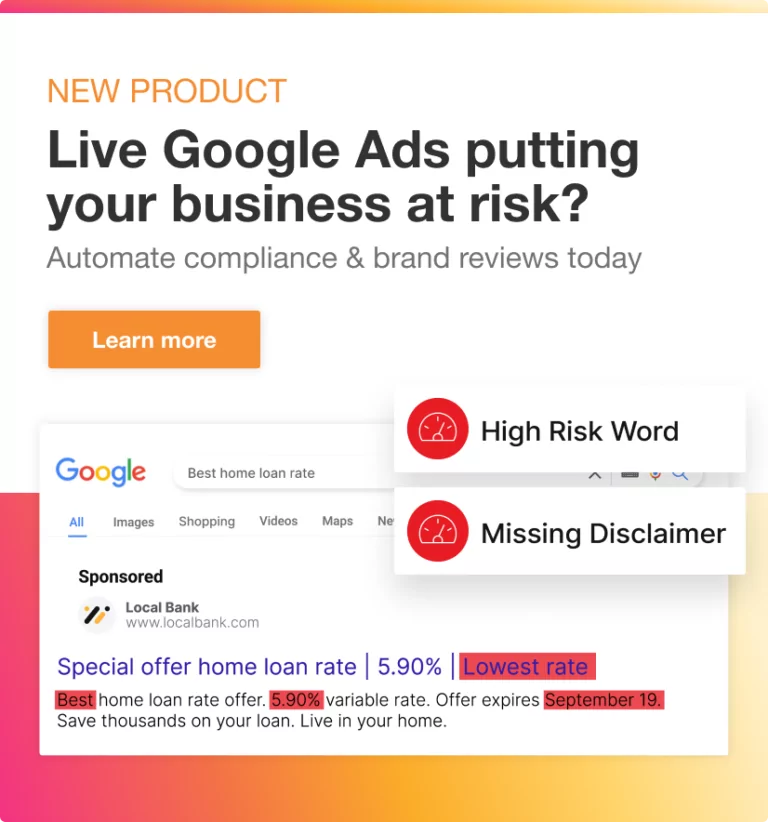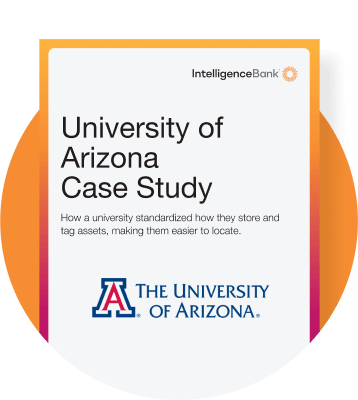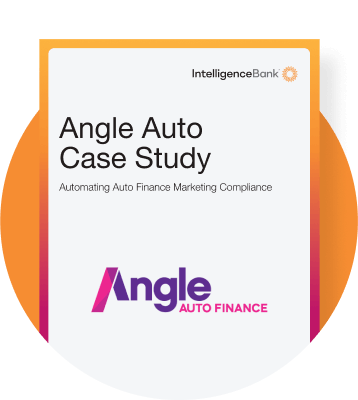A Digital Asset Management (DAM) system, in its purest form, is an online hub that centralizes the process of producing, sharing, proofing, approving, and managing digital creative files. While some benefits that roll out of these features are obvious – such as organization and efficiency, there are some that may not be as apparent. In this article, we’ll run through all the advantages to help you make an informed decision on whether a DAM is right for you.
What are the benefits of a DAM system?
When reviewing the practical benefits of implementing a Digital Asset Management system, you’ll notice they all have something in common: they either save time or money and to bring order to the chaos marketers deal with every day.
Easy management of large volumes of complex assets
We’re currently in the midst of a content frenzy that we all know this is only going to keep growing. On top of that, we’re seeing additional layers of complexity added to assets such as usage rights across channels as well as increasing regulatory compliance demands. If you’re a medium to large organization still trying to manage on a share drive, you’re going to run out of road before long.
The benefit of using a centralized DAM repository equipped with smart tools to help organize and categorize makes the administration of these large banks of assets a pleasure rather than a headache.
Time savings and improved productivity
There are some jobs
AI and automation can’t replace, but managing digital creative assets is not one of them. Manually managing assets must be one of the most piercing examples of a wasted resource in marketing land. And not only that, it’s prone to error. Whether it’s metadata management, tagging, searching, file conversions, reminding approvers to approve and tracking down final versions or simply sending out the latest logo – all these tedious chores can be neatly handed over to the brilliance of DAM automation. When you implement a DAM you’re not just taming content, you’re freeing your team up to work on higher value projects which resonates through the business.
Quick and easy asset retrieval
Without question one of the key benefits of a DAM system is its powerful search capabilities. At times it takes creatives so long to find an asset they could have recreated it in the time it took to search. The creative content cycle has little tolerance for delays so trying to find specific assets in a labyrinth of libraries is a major barrier to getting creative out the door. DAMs utilize metadata, keywords, and visual recognition to help users quickly locate and retrieve assets in a few clicks.
Enhanced version control and asset consistency
Maintaining version control and ensuring asset consistency is vital for collaborative environments. One slip-up can lead to a cascade of confusion, wasted resources and delays. A DAM system provides versioning features that track feedback and changes, enable rollbacks to previous versions, and ensure teams work with the most up-to-date assets. The financial and reputational damage caused by running the wrong material has serious implications, yet when you’re scrambling through endless folders and email chains to find the final version, it can so easily happen. Removing version stress allows your team to focus on work that gets results rather than admin.
Consistent branding and asset usage
We all know establishing a strong brand identity requires consistency over time across all marketing channels. But for global and franchise businesses, or businesses engaging in partnerships, it can be an administrative nightmare to police. Inconsistent branding detracts from your brand equity. It can make you appear amateur and skittish, which we’re betting is not the vibe any business wants to portray. This is where Digital Asset Management systems come into their own. As the central source of truth for approved assets it acts as an ‘always on’ brand guardian. A DAM also provides a clear view of how, when and where your assets are being used which further safeguards against inconsistent branding.
Streamlined collaboration and workflows
Fragmented collaboration and siloed workflows hinder productivity at best and at worst can slowly kill a business. When the basics are misaligned, such as competing projects, timelines, briefing templates, budgets, job numbers, file naming conventions and even method of communication there is bound to be time wasting and stress. A Digital Asset Management system serves as a unifying hub where relevant team members review briefs and assets then provide feedback and approval. Permissions are controlled meaning you can provide full visibility or control collaboration amongst specific teams, departments, and external stakeholders.
Rights management and compliance
Proper rights management and compliance with licensing agreements, copyright, and usage rights are non-negotiable. One asset can involve many royalties such as talent, voice over, music, stock footage and location release all expiring at different intervals. A Digital Asset Management system enables marketers to store rights information, set permissions, and automate expiration notifications, ensuring legal and regulatory compliance.
Enhanced security and asset protection
Protecting assets from unauthorized access, leaks, or breaches is paramount. Without proper security measures your assets become vulnerable to IP theft and brand misrepresentation. A Digital Asset Management system offers robust security measures such as access controls, encryption, and secure file transfers, mitigating security risks and safeguarding valuable assets. Having the protection of a DAM fosters a culture of security which, ultimately, encourages use.
Data-driven decision making and ROI measurement
Everyone loves a metric. Why? Because understanding asset performance and return on investment is essential for optimizing marketing efforts. Through its usage and analytics features, a DAM gathers essential data that can be used to not only demonstrate the value of an asset but can inform higher level strategy. A DAM has the capability to track collaboration efficiency, engagement, and performance, empowering businesses with data-driven insights to stay informed and take action.
Advantages over SharePoint and Dropbox
On top of understanding the benefits of a Digital Asset Management system, it’s important to establish the difference between it and other collaborative file management solutions such as SharePoint and Dropbox.
DAM vs SharePoint
Developed by Microsoft, SharePoint is predominantly designed to facilitate document sharing and collaboration. On the flip side, DAMs are tailor made to manage creative files such as photography, video, audio, graphics, and animations. And while you can share and store creative assets in SharePoint, its Microsoft Office centric set up makes it clunky to integrate with other commonly used creative software. SharePoint also lacks the ability to create granular metadata tags that are vital to fast asset search and license management
– it’s simply not its wheelhouse. There are many differences between a DAM and SharePoint, but if you remember they are two entirely different products – you’ve got it.
DAM vs Dropbox
The
comparisons between DAM and Dropbox are many, but in summary, Dropbox is a cloud-based storage system that allows you to share and synchronize all kinds of files across devices. A DAM achieves all that, yet so much more. It specializes in the total management of creative files all under ‘one roof’. That means, a DAM will take you from creative submission to proofing, mark ups with side-by-side comparisons and approval audit trails. Among its laundry list of features, a DAM provides tight version control, rights tracking, file transformation options and powerful search tools.
So, will you benefit from a DAM?
While every organization with a team of people and bank of creative assets would benefit from a DAM, that doesn’t mean everyone
needs one. But, if the sound of these scenarios is resonating with you, if you find yourself facing varying degrees of chaos every day, a DAM can be utterly transformative. You can find out more about DAMs in our
Ultimate Guide to Digital Asset Management, or better still,
book a live demo.




